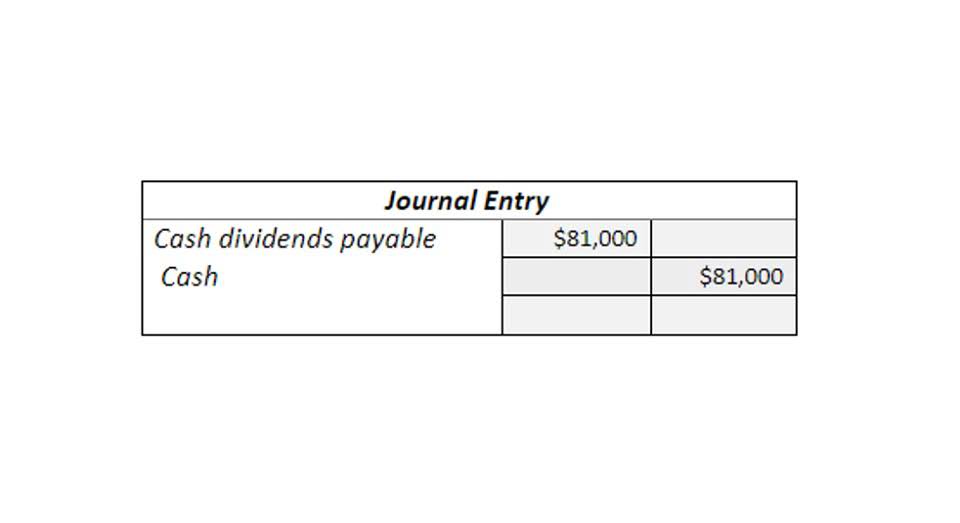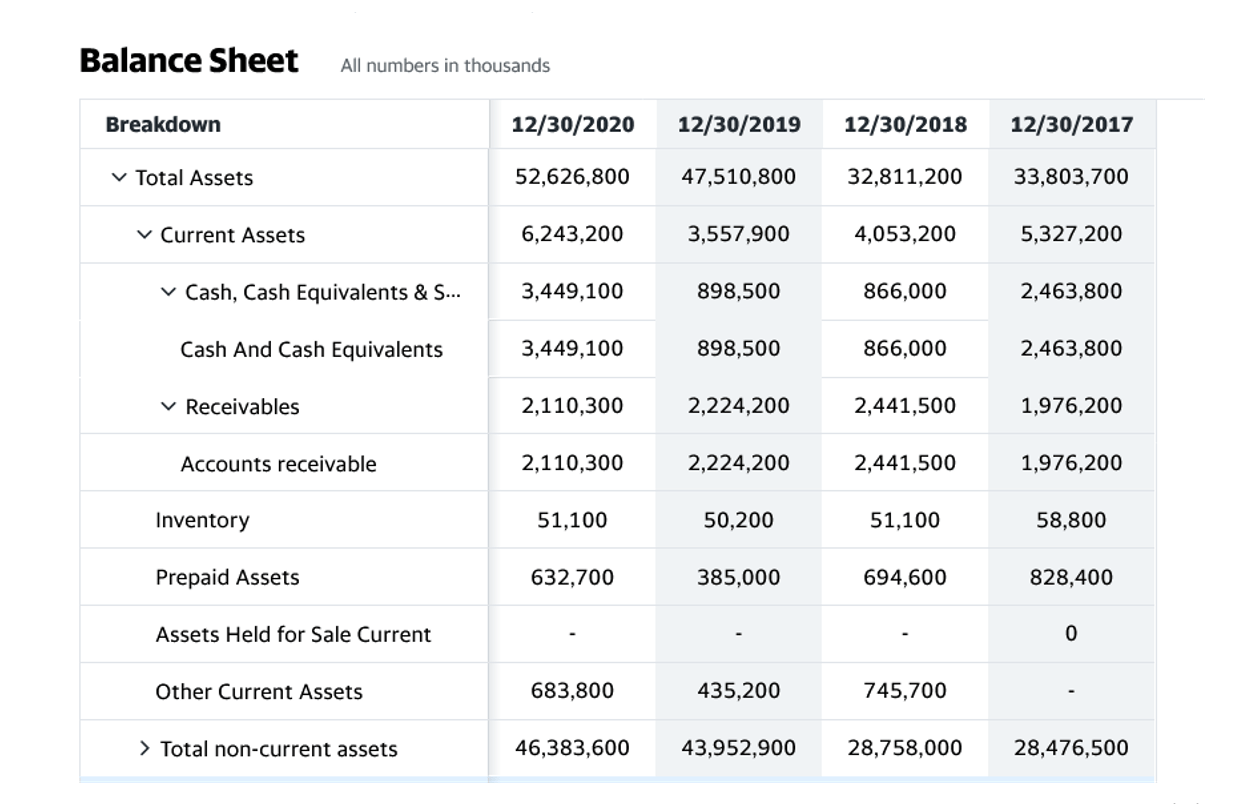
And cash flows from financing activities include activities that we use to obtain cash as well as paying back the cash that originates from such activities. These activities include issuing and repurchasing shares of stock for cash, borrowing and paying back money to creditors, paying interest and dividends, etc. Thus it is written on the asset side of balance sheet until it is utilised. Life insurance premium is classified as a personal account, since the insurance premium paid represents the amount paid for an individual. Imagine that a small tech company, TechFirm, pays for one year QuickBooks Accountant of property insurance coverage for its office building on January 1, 2023.
- May make it easier to budget for unexpected costs down the road (e.g., medical expenses).
- A insurance expense is devoted as a decrease in revenue under the equity account.
- As mentioned above, this occurs when coverage is purchased for an extended period of time and is paid at the beginning of the coverage period for the whole term.
- Prepaid expenses represent expenditures that have not yet been recorded by a company as an expense, but have been paid for in advance.
- According to the rule for personal accounts, we have to debit the receiver of the benefit and credit the giver of the same.
- As the insurance coverage is used up, the asset is gradually expensed on the income statement.
Deduction Management
#9 – Insurance contracts Life insurance policies pay the insurance holder on maturity and are financial assets at the time of maturity; these policies pay the maturity amount of the policy. At this point, the $12,000 is classified as a current asset prepaid insurance is decreased with a credit. (Prepaid Insurance) on TechFirm’s balance sheet. Cash, another asset account, is decreased by the premium payment amount with a credit.

Is Prepaid Insurance an Asset?
- Insurance is treated as an expense for business, i.e. amount incurred to insure goods and assets owned by business.
- The adjusting journal entry for a prepaid expense, however, does affect both a company’s income statement and balance sheet.
- Prepaid Insurance is the insurance premium paid by a company in an accounting period that didn’t expire in the same accounting period.
- Specifically, it’s an asset because it represents a future economic benefit.
These are both asset accounts and do not increase or decrease a company’s balance sheet. Recall that prepaid expenses are considered an asset because they provide future economic benefits to the company. For example, if a company pays $12,000 for an annual insurance coverage, their monthly prepaid insurance expense is $1,000 ($12,000/12 months). This method guarantees that expenses are accurately allocated during the prepaid period, reflecting the steady utilization of insurance coverage. For example, if a company purchases a $1,200 one-year insurance policy, it will recognize $100 of insurance expense each month for a 12-month period. The journal entry will continue to reflect the insurance expense each month, with the income summary insurance expense account debited and the prepaid insurance account credited.

Is a insurance an asset or liability?
There’s a couple of different reasons why a prepaid insurance asset account might have a credit balance. Managing prepaid insurance effectively helps individuals and businesses maintain coverage while ensuring accurate financial reporting. When the insurance coverage comes into effect, it is moved from an asset and charged to the expense side of the company’s balance sheet.

- You have paid for a service (insurance coverage) that you will receive over a future period.
- Depending on the type of life insurance policy and how it is used, permanent life insurance can be considered a financial asset because of its ability to build cash value or be converted into cash.
- On 01 July 2022, ABC needs to record unexpired insurance (or prepaid insurance) which is the current assets.
- Some may believe it only applies to specific types of policies, disregarding its application across various insurance types, including health and auto.
- If an insurance premium is owing to the insurance company then there would be a liability account with a credit balance for the amount owed as of the balance sheet date.
- And cash flows from financing activities include activities that we use to obtain cash as well as paying back the cash that originates from such activities.
- Accurate reporting of prepaid insurance helps stakeholders understand a company’s liabilities and resource allocations, thus facilitating informed decision-making.
These are payments paid in advance for goods or services that will be received in the future. It provides the benefit of obtaining services at a predetermined cost, which aids in budgeting and financial stability. Among these, one particularly important type of prepaid expense is prepaid insurance.
- Because they represent a future benefit owed to the company, companies list prepaid expenses first on the balance sheet in the prepaid asset account.
- It also helps businesses match their expenses with the time frame in which they will benefit from the insurance coverage.
- Then if it’s a cash payment, it would be credited and shown as a decrease in cash under the asset account.
- This reflects the future benefit the company will receive as the insurance coverage is consumed over the months.
- A business may gain from prepaid expenses by avoiding the need to make payments for upcoming accounting periods.
